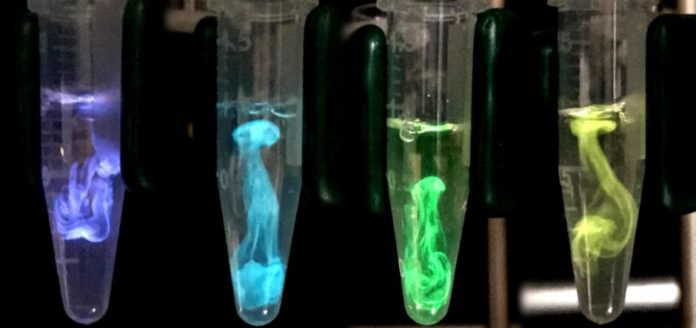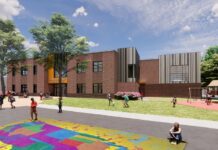
PROVIDENCE – Brown University has been awarded up to $9.2 million in funding over five years from the National Science Foundation to lead a national center dedicated to developing and disseminating new tools based on giving nervous system cells the ability to make and respond to light with a technique called bioluminescence and optogenetics the university announced Tuesday.
The program will create a “NeuroNex Technology Hub,” which will be a collaboration between the Moore Lab at Brown, Central Michigan University, and the Scintillon Institute in San Diego.
“Through NeuroNex, we want to enable all scientists to take advantage of the best tools,” said principal investigator Christopher Moore, a professor of neuroscience at Brown and associate director of the Brown Institute for Brain Science. “There is a real problem in science of certain inequities in access. The idea is to systemically address that.”
The center’s other leaders are Diane Lipscombe, a Brown professor of neuroscience and BIBS director, Ute Hochgeschwender, a professor at CMU, and Scintillon researcher Nathan Shaner.
Justine Allen, a graduate of Brown’s doctoral program in neuroscience, will serve as the center’s administrative director.
The research could hypothetically allow scientists to regulate brain patterns by creating cells that can illuminate and regulate themselves when an event, such as a particular behavior, spawns an uptick in calcium.
Cells programmed in this way, Moore said, can automatically respond to experimental conditions without the scientists having to manually stimulate them.
The team said that this could hypothetically (if the research is applicable to human brains) be used to control epileptic seizures, with cells programmed to override cell hyperactivity, among other applications.
The lab also will produce a website with downloadable experimental protocols, genetic sequences and other documentation and will send “emissaries” to teach other research groups. The team will hold annual workshops for visiting scientists to come together, generate and discuss ideas, form new collaborations and learn how to use the new technologies.
“Bring all your students and all your postdocs, and inspire them to take a few of these research questions,” said Allen. “Take those home and let this grow.”
The grant officially begins Aug. 1.










